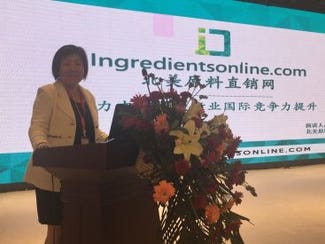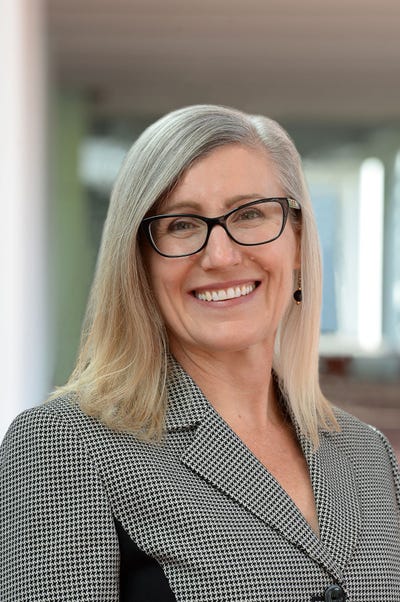Exploring Natural Ingredients in China
The China Natural Ingredients Conference (CNIC) united health and nutrition professionals to discuss Chinese and U.S. regulatory matters, technologies for extraction of nutritional ingredients, and science related to the potential benefits of a variety of natural ingredients.

In late October, the sixth China Natural Ingredients Conference (CNIC) was held in Handan, China. Hosted by Herbridge media and the Chinese  Chamber of Commerce for Import and Export of Medicines and Health Products (CCCMHPIE) and major sponsor Chenguang Biotech Group Co. Ltd. (CCGB), the event attracted nearly 400 industry members for a two-day, deep-dive conference. Among the topics on the table were Chinese and U.S. regulatory changes that could impact the industry; new technologies for extraction of nutritional ingredients; and science related to the health effects of probiotics, prebiotics, medicinal mushrooms and more.
Chamber of Commerce for Import and Export of Medicines and Health Products (CCCMHPIE) and major sponsor Chenguang Biotech Group Co. Ltd. (CCGB), the event attracted nearly 400 industry members for a two-day, deep-dive conference. Among the topics on the table were Chinese and U.S. regulatory changes that could impact the industry; new technologies for extraction of nutritional ingredients; and science related to the health effects of probiotics, prebiotics, medicinal mushrooms and more.
Among the speakers were two U.S. industry representatives. Loren Israelsen, executive director of the United Natural Products Alliance (UNPA), spoke to the assembly regarding basic changes in the U.S. regulatory paradigm governing nutritional ingredients and import. His talk looked at issues including GMP (good manufacturing practice) compliance, how the Food Safety Modernization Act (FSMA) has impacted the market, and opportunities for China to “brand" its ingredients for acceptance in the U.S. market. Of particular importance is focusing on traceability and messaging about sustainability.
In addition, Sherry Wang,  president of IngredientsOnline.com, discussed how technology is impacting the supply chain for nutritional ingredients. Wang echoed Israelsen’s comments regarding the importance of traceability, illustrating how users of her company’s platform can get real-time information about ingredients, including pricing, availability, quality certifications and much more.
president of IngredientsOnline.com, discussed how technology is impacting the supply chain for nutritional ingredients. Wang echoed Israelsen’s comments regarding the importance of traceability, illustrating how users of her company’s platform can get real-time information about ingredients, including pricing, availability, quality certifications and much more.
While attendees had the opportunity to connect with sponsors on site, more than 200 took advantage of the opportunity to visit the main headquarters and production facilities of CCGB near Handan. Covering more than 7 hectres, the operation encompasses a range of extraction facilities and techniques. (To get a look at the Handan facility, click here for a photo tour.) The company is the largest paprika oleoresin producer in the world, and a leading supplier of raw stevia extract. In speaking with Mr. Lu Qingguo, the president of CCGB, he noted the company has invested in technology to optimize its growth potential, contracts on a long-term basis with farmers and places extraction facilities in the growing areas to optimize freshness, and focuses on how to make the most of any type of raw material.
For example, the company currently produces lycopene using tomato skins, which were originally just used for animal feed after processing into tomato sauce. President Lu commented there are a range of other “waste stream" products that could offer commercially viable levels of nutritional compounds if production techniques were optimized. He cited citrus skin for its potential to yield phenolic compounds and thickeners, licorice flavonoids beyond glycyrrhizic acid, and even tobacco leaf for potential natural pesticides.
About the Author
You May Also Like

